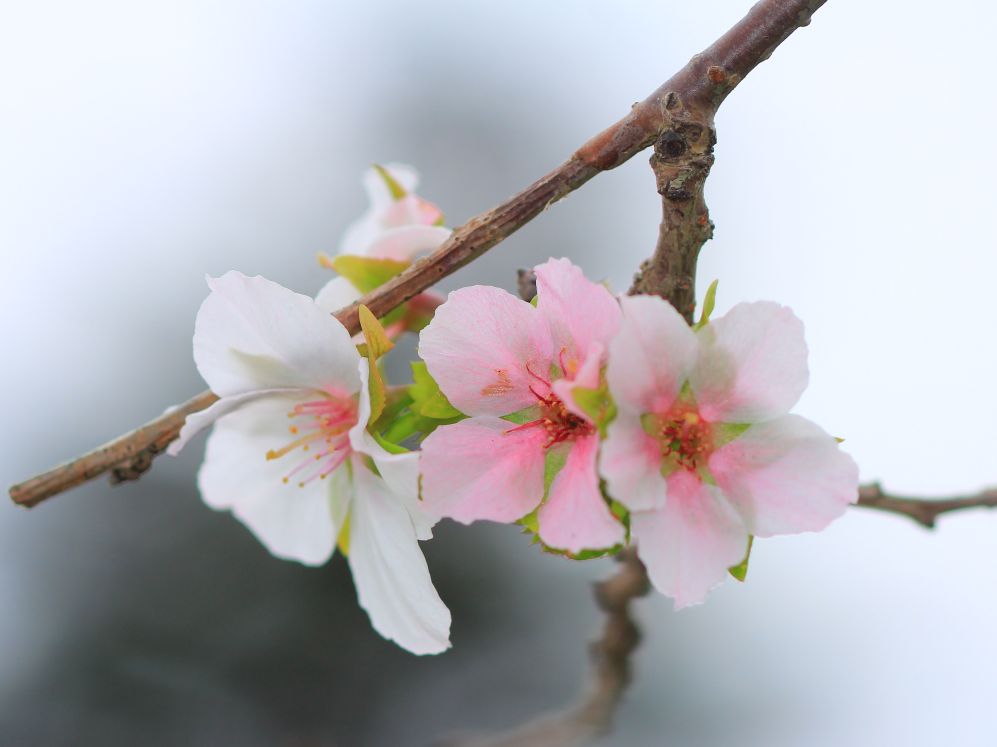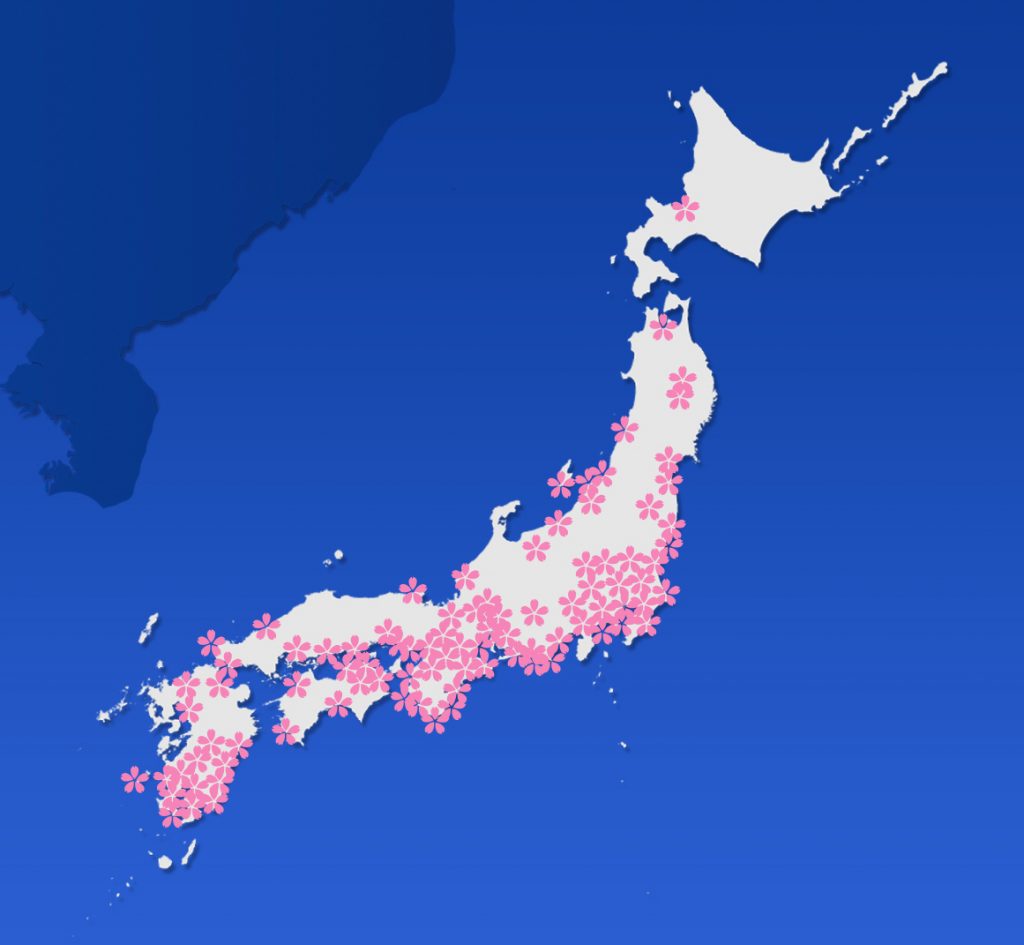News & Press Release
Salt Damage From 2018 Typhoons Causes Off-season Cherry Blossoms
Mobile/Internet >Weathernews Inc. (head office: Mihama-ku Chiba-shi Chiba, Japan; CEO: Chihito Kusabiraki) has announced that cherry blossom trees, which normally bloom in the spring, are blooming all around Japan in October, due to salt damage caused by tropical cyclones.
Supporters from all over Japan send "weather reports" consisting of photos of the sky and seasonal scenes along with their comments to Weathernews.
On October 9th, Weathernews received a report from Miyazaki prefecture saying that, "cherry trees that should bloom in the spring (Somei Yoshino) are blooming now," prompting us to launch an urgent survey of our Supporters around the country. The survey was conducted from Friday, October 12 to Sunday, October 14th, with responses from 10,490 people nationwide.

The results included 354 reports of Somei Yoshino cherry trees "in bloom." They confirmed that the phenomenon is occurring across a wide area, from Kyushu to Hokkaido. There were many reports of cherry trees blooming near the coast in Southern Kanto, Tokai, and Kinki regions, and even in some inland prefectures.

According to Dr. Hiroyuki Wada, an arborist at the Flower Association of Japan, the blooming of Somei Yoshino cherry trees in various places during autumn is strongly connected to salt damage from tropical cyclones such as Typhoon Trami.
"Cherry trees that bloom in spring normally develop buds in July and August. You may think that these buds would bloom at that time due to the high summer temperatures, but in fact they cannot. The reason for this is thought to be that the leaves attached to the bud roots send abscisic acid, a plant hormone, to the buds, which prevents them from progressing. Abscisic acid is a type of plant hormone that suppresses plant growth. Therefore, as long as the leaves are attached and feeding abscisic acid to the buds, they can not bloom.
However, this year leaves were stripped from some cherry trees by high winds and salt damage caused by the tropical cyclones, so abscisic acid was no longer being fed to the buds to prevent them from blooming. Furthermore, although it is autumn, the typhoons were followed by days with temperatures rising above 20℃, which is thought to have caused the flowers to begin blooming." (Dr. Hiroyuki Wada, Arborist, Flower Association of Japan)
There have been 25 tropical storms so far in 2018, and among them, Typhoons Jebi and Trami made landfall as “very strong” typhoons and cut right across the Japanese archipelago. Especially in the case of Typhoon Trami, we received many weather reports describing salt damage to agricultural crops and trains. It is thought that the strong winds that continued to blow in from the ocean even after the typhoon had passed brought salt with them, causing leaves to fall from the cherry trees. A "very strong” typhoon, based on the standards for measuring typhoon strength used by the Japan Meteorological Agency, indicates maximum wind speeds of between 85 and 105 knots (157-193 km/h).
We asked how this will affect the spring cherry blossom season.
"The number of flowers that bloom in the spring will be reduced by the number flowers that bloomed this autumn, but it will not be noticeable. Rather, the fact that the typhoons broke large branches off of many cherry trees and even tore many trees out by the roots will have a greater impact on the cherry-blossom scenery. If the broken branches of a cherry tree are not cut back at the appropriate place, they will begin to rot from the point of the break, leading to a decline in the health of the tree. Proper care is particularly important for trees with breakage to large branches." (Dr. Hiroyuki Wada, Arborist, Flower Association of Japan)
There is a Japanese custom called "hanami" in which people enjoy the spring cherry blossoms. Each year around 10,000 cherry blossom reporters all across Japan observe the progress of the cherry blossoms on behalf of Weathernews. For 15 years we have used these observations to provide cherry blossom forecasts on our website. When the next spring cherry blossom season approaches, Weathernews will take into account the effects of this year's salt damage in the information we provide.